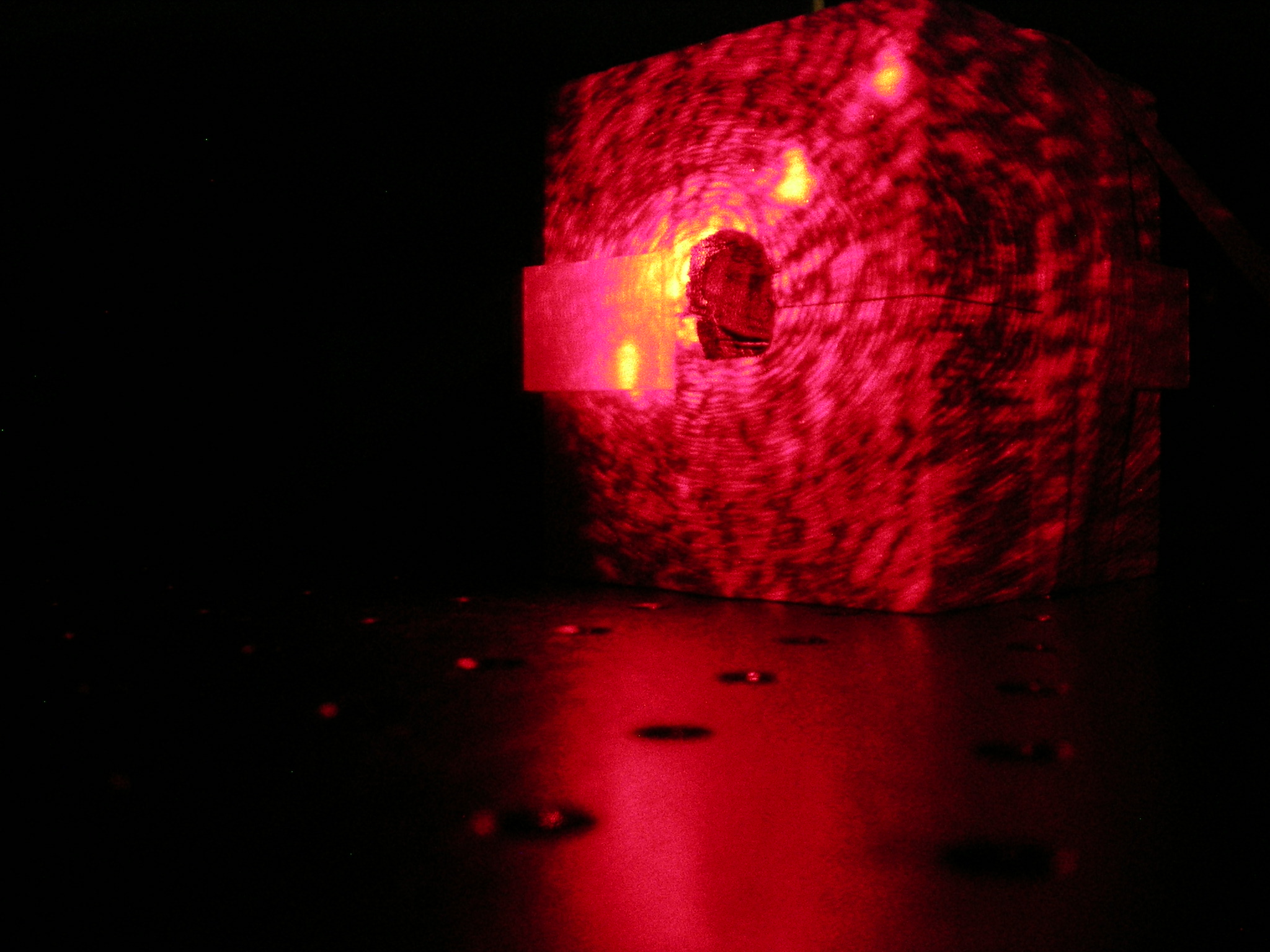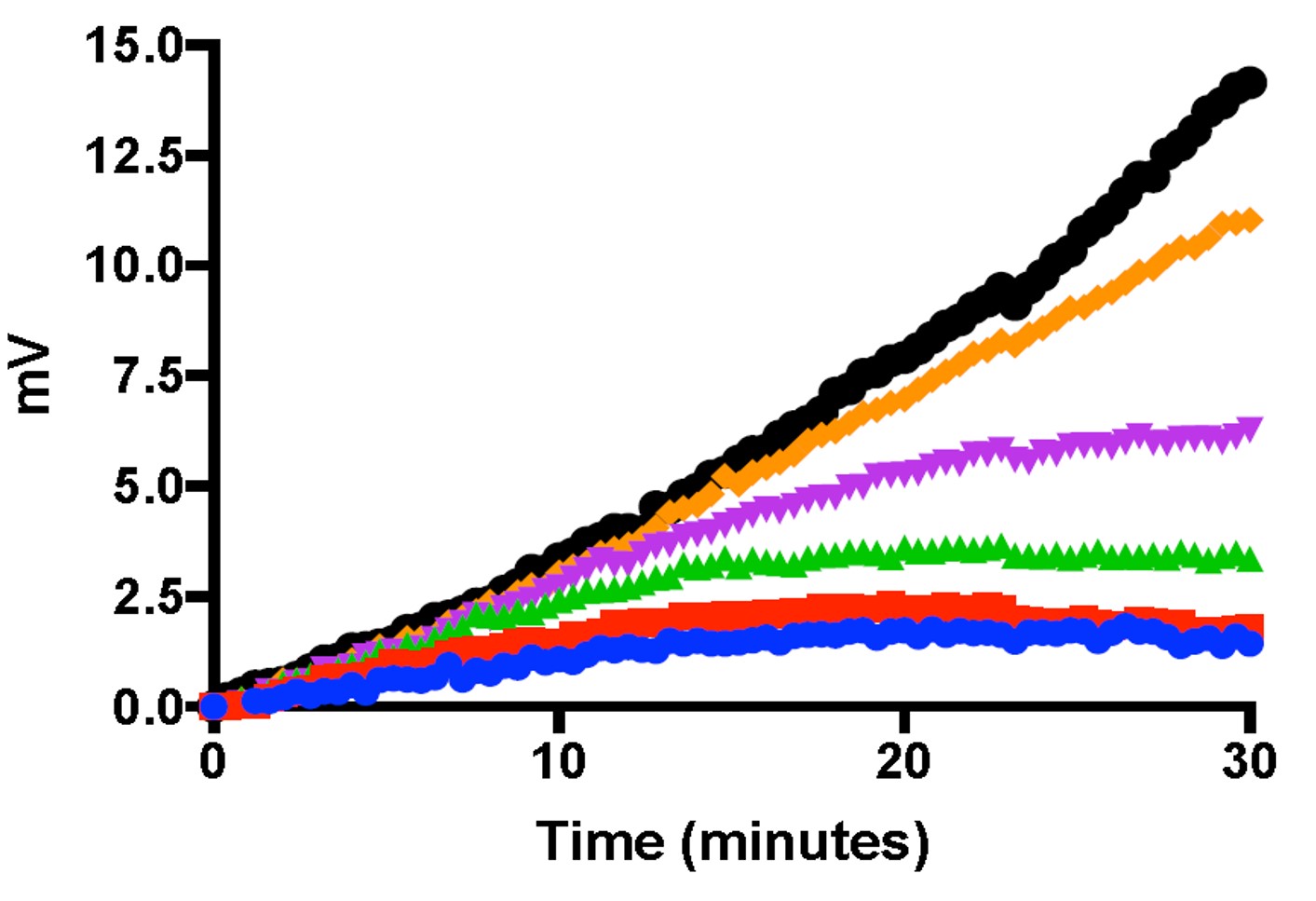Mackenzie Institute for Early Diagnosis > Research > Digital diagnostics and emerging technologies
Digital diagnostics and emerging technologies
The digital diagnostics and emerging technologies stream of the Mackenzie Institute offers a highly diverse approach to early diagnosis.
The team includes internationally recognised leaders in deep learning, microbiologists, clinicians working in both the NHS and low resource settings as well as innovators, artists, designers and engineers.
Together this inter-disciplinary team develops inexpensive frugal diagnostic tools as well as highly sophisticated novel imaging technologies to reduce the burden of disability and ill health from a diverse range of both infectious and age-acquired diseases.
The team collaborates with many world leading institutions in both high and low resource settings to broaden diagnostic opportunities not just in wealthier nations but also in the poorest regions of the world.
Arclight project
Led by Dr Andrew Blaikie
The Arclight is a revolutionary pocket-sized solar powered ophthalmoscope and otoscope designed with the needs of users working in low resource countries.
Few hospital-based health care professionals in poorer countries have these essential instruments and almost none at the mid or community level. Using the Arclight practitioners can see the front and back of the eye, helping reveal all major blinding conditions such as trachoma, cataract, glaucoma and diabetes. It is ideal for health care students as well as qualified workers especially those in remote low resource settings where the burden of disease greatest yet access to trained and equipped staff the least.
Through collaboration with the Fred Hollows Foundation and the International Agency for Prevention of Blindness, over 30,000 units have already been distributed around the world enabling healthcare workers to perform comprehensive eye and ear examinations for the first time.
Dr Andrew Blaikie is a Clinical Academic at the University of St Andrews, who also works as an Eye Surgeon in NHS Fife. Working with colleagues at the University of Rwanda in Kigali, the College of Medicine in Malawi and the LV Prasad Eye Institute in Hyderabed, India he has been a central member of the team steering the development and evaluation of the Arclight package.
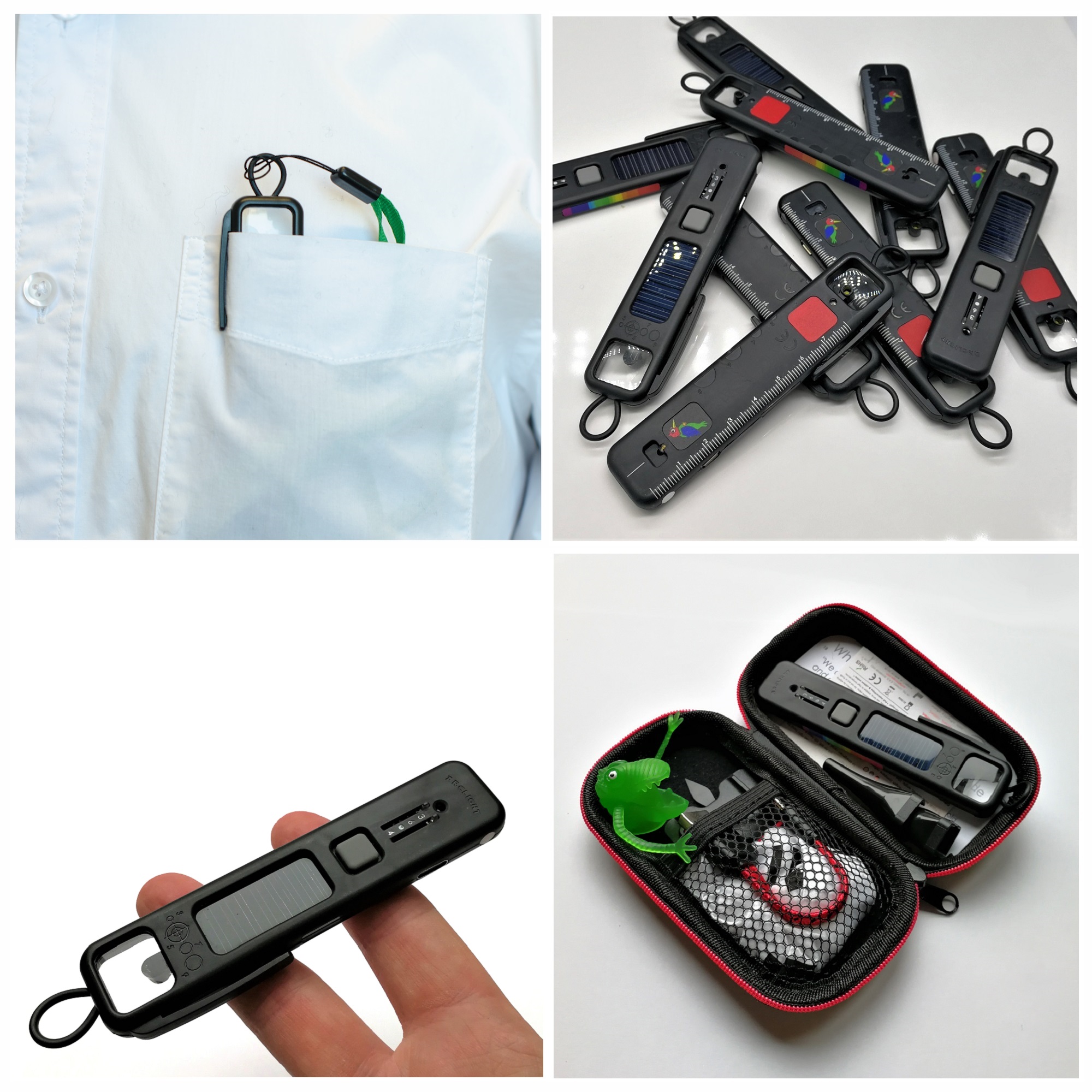
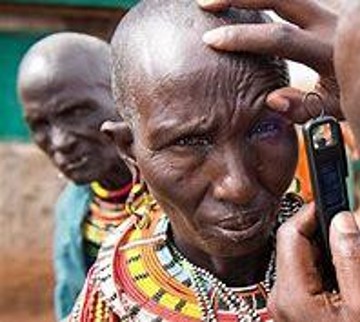
Automated deep learning image analysis methods for TB microscopy
Led by Marios Zachariou
Tuberculosis (TB) remains a leading cause of death worldwide, particularly in low-income countries. Early detection of TB, and identification of patients who may respond slowly to treatment, could improve outcomes. The traditional diagnostic tool, smear microscopy allows direct visualisation of individual bacteria in the sputum of TB patients, and it is possible that cells which are harder to kill have microscopically visible phenotypic characteristics. However, manual reading of microscopic images is time-consuming and subjective. In this study, we deploy standard computer visualisation tools in conjunction with cutting-edge deep learning approaches to improve the output of fluorescence microscopy to generate unique, standardised information on each micro-organism. On every image, a procedure called semantic segmentation, is used to identify areas of interest. This enables us to count bacilli, and report on other features of importance, such as intracellular lipid content. Our new computer assisted image analysis, will enhance our ability to study TB bacteria under drug pressure in both in vitro and clinical studies in order to improve understanding of treatment response.
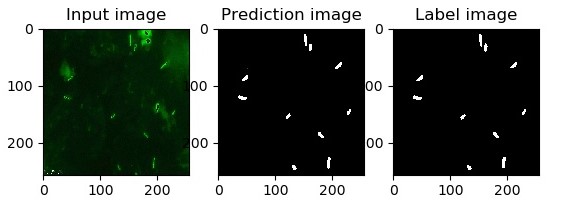
Personalising pathology through artificial intelligence
Led by David Harris-Birtill
Utilising multi-scale and spatially resolved large data sets extracted from patient samples through digital pathology, molecular pathology and artificial intelligence to enable earlier and more precise diagnoses, more precise prognosis and precision treatment plans with faster, standardised and reproducible results, minimising the need for expert human evaluation and expensive medical procedures.

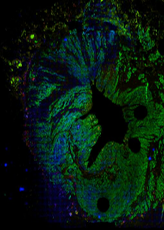
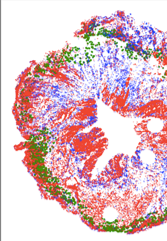
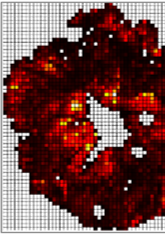
Development of novel diagnostics
Led by Dr Robert Hammond
Antimicrobial Resistance (AMR) is a growing threat this is already costing the global economy billions of pounds per year, notwithstanding the personal and clinical impacts it has on patients and their families. A seminal report by Professor Jim O’Neill stated explicitly that one of the few methods to combat this threat is with the application of rapid, sensitive diagnostics that can determine bacterial susceptibility in a few minutes. Our research is focused upon this task and has met with great success. In 2016 we won a Longitude Discovery Award. In 2017 we were runner up for the Times Higher Education Awards and in 2018 we both won the Scottish Life Sciences Award for New Innovation and spun out a company to commercialise our technology. This company has attracted >$35m(USD) in funding and employs over 25 people in Scotland.
We are in the process of developing new technology and welcome interest from potential new students and colleagues.
